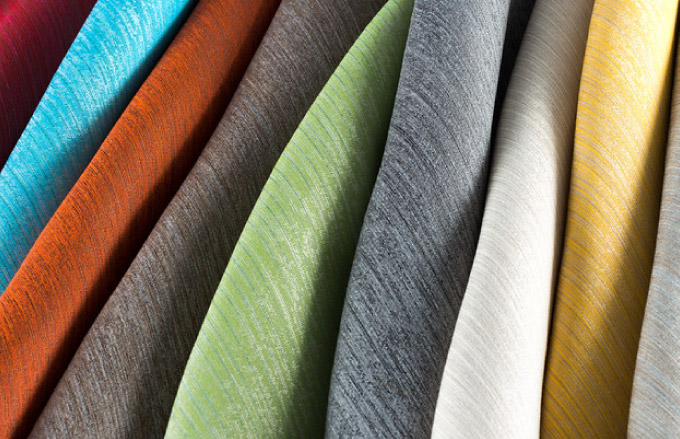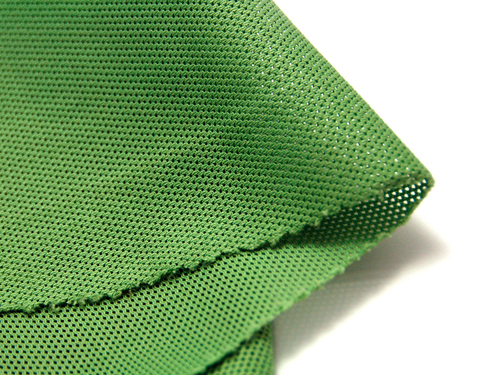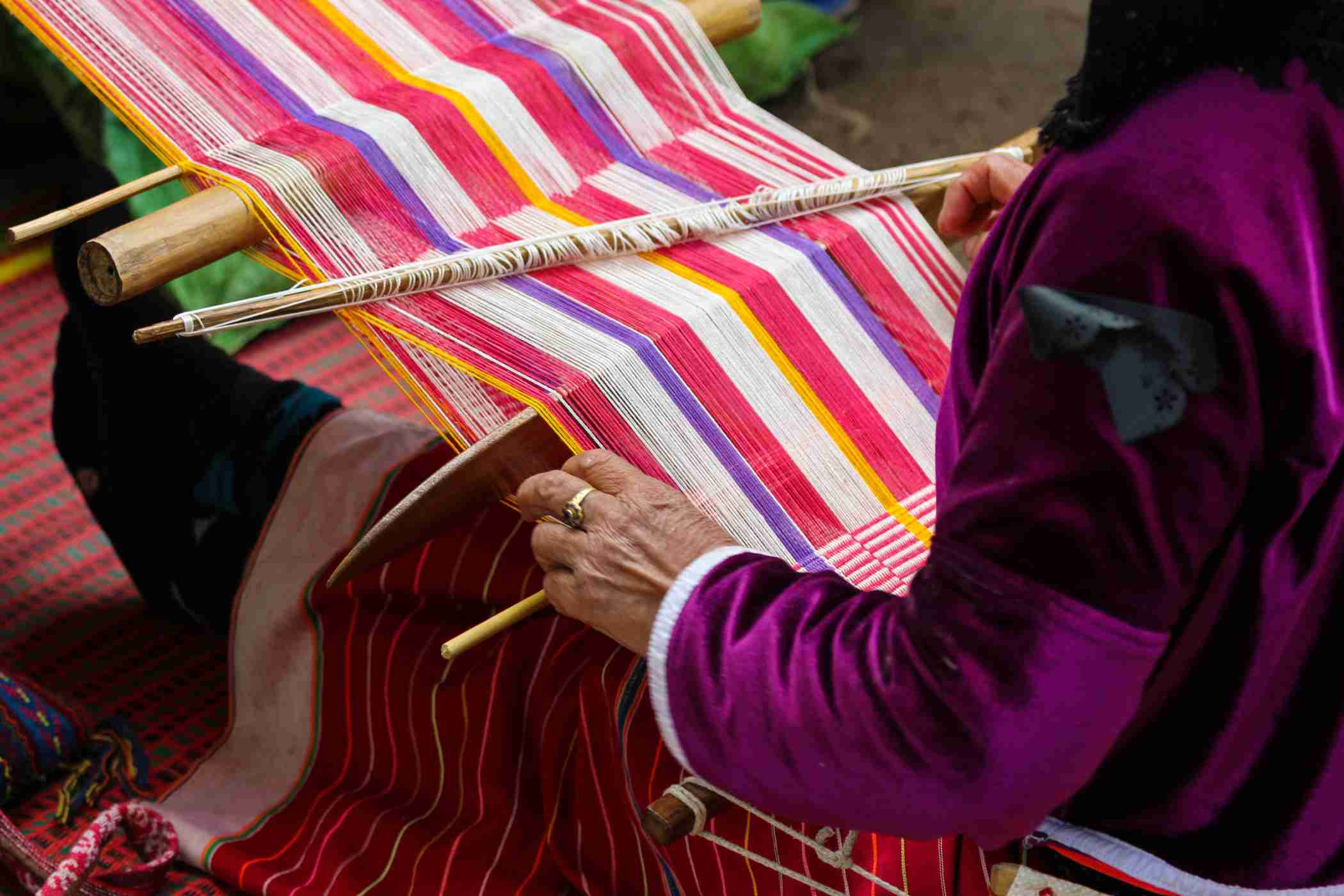The Future of Textiles in Antimicrobials



Textiles protect us from freezing temperatures, overheating, and humidity. However, in the current Covid-19 scenario, the urgent necessity for antimicrobial fabrics has created a new niche for textiles. Antimicrobial fabrics now feature prominently in the personal protective equipment (PPE) being used extensively by healthcare professionals to ward off the coronavirus.
How can we protect ourselves when there is a rise in the global pandemic and a heavy risk of exposure. How do we come up with something to limit the danger of infection by modifying everything that was previously "normal"? Could PPE, smart clothing, wearables, and safety clothing for the style, athletics, interiors, and hospitality sectors provide a solution?
Something that was previously primarily a prerequisite for the medical sector is now poised to enter the general clothing sector. Offering safe clothing and accessories in the fashion business is a sensible point to discuss, just like the other industries. This is opening up a slew of new options for businesses.
How the pandemic changed the market
The Covid-19 pandemic has focused the world's attention on health and hygiene. With an expansion in the healthcare business and an increase in personal hygiene awareness, the textile industry is poised to create a new standard for hygiene. The textile industry is embracing cleanliness using antimicrobial materials.
People are more worried about their health and hygiene in 2022 than ever before. The pandemic has significantly altered the way people across the world consume textiles.
According to a survey by ResearchAndMarkets, the antimicrobial textile market is predicted to develop at a CAGR of more than 4% between 2020 and 2025.

The primary industrial participants in the antimicrobial fibre sector are situated in the North American regions of the US, Canada, and Mexico. With all of the technical improvements over the years, Asia Pacific has emerged as one of the critical markets with the biggest volume and value growth. Antimicrobial textiles are the fabric of the future.
In the textile sector, researchers and developers are collaborating and developing game-changing innovations that, once deployed, will nourish new commercial collaborative projects. These plans will undeniably change the nature of widely accepted textiles, providing scientific assurance to the global textile market by strengthening the fabrics used. These newly launched textiles will protect us against invisible germs and bacteria.
The worldwide Antimicrobial Susceptibility test market was valued at roughly $3bn in 2019 and was expected to increase at a rate of more than 5.2 per cent during the projected period. Individuals in difficult settings may benefit from improved healthcare if they undergo an antimicrobial test.
The Covid-19 epidemic has raised global demand for the development of antimicrobial fabrics. And the market will definitely expand in future years.
Using new, patented technologies with established processes and innovations, scientists working with textile technologists and the finishing sector are forging ahead with numerous noteworthy procedures.
Market forces
Antimicrobial textiles have dominated the market in recent years as people have become more concerned about their health and cleanliness. The increased need for cleanliness in different industries such as packaging, automotive & transportation, consumer goods, building & construction, food & drinks, and healthcare is driving the antimicrobial fibre market. The pharmaceutical and healthcare industries are likely to be the leading users of antimicrobial textiles throughout the forecast period.
Another key element supporting the expansion of antimicrobial textiles is an increase in consumer disposable money, as well as a better lifestyle and increased expenditure on health and hygiene.
Aside from these two key causes, increased demand for antimicrobial sportswear and apparel is also propelling the rise of antimicrobial fabrics.
How antimicrobial fabric will change the future of medical textiles

Since the emergence of Covid-19 cases around the globe, the need for medical textiles has risen exponentially. This is not only for PPE kits; different brands are also coming up with antimicrobial clothing ranges.
Antimicrobial compounds are being used to both kill and prevent germ growth. Antimicrobial compounds are added to the fibre during the manufacturing process, coupled with pigments or dyes, or used while finishing the procedure. The method used is governed by a number of criteria, including the eventual use of the fabrics, the manufacturer's capacity, and the budget. Triclosan, chitosan, cyclodextrin, quaternary ammonium, and other antibacterial agents are utilised in the textile production process.
Here are some of the recent developments indicating the immense potential of antimicrobial fabric:
- The healthcare industry has been a forerunner in the usage of antimicrobial textiles. These fabrics are used to make medical curtains, pillow coverings, and even mattress covers, bed sheets, linens, and gowns in hospitals, all of which help to restrict microbial growth.
- In 2019, major hospitals, such as Emory Healthcare and Kaiser Permanente, declared a $1bn budget for building and developing antimicrobial fabric in the US.
- The healthcare industry is the global leader in the use of antimicrobial fabrics, with China, Germany, the US, and Japan all playing significant roles.
Challenges
Along with the scope for expansion, the antimicrobial business faces a number of obstacles. The most significant commercial barrier is rigorous environmental laws on antimicrobial fibres derived from hazardous chemicals.
This is despite the fact that antimicrobial textiles offer several health benefits and end-user goods are more sanitary. However, the downside of antimicrobial textiles is that they are loaded with antibacterial compounds. Many of these substances may be hazardous to the environment and, in certain cases, to human health.
Antimicrobial compounds vary in composition and hence in characteristics. These chemicals are used to polish finished items, which come into touch with the skin and constitute a health risk.
Furthermore, when these goods are washed, antimicrobial compounds such as triclosan, PHMB, quaternary ammonium compounds (QACs), and others are released. These pollutants pollute bodies of water, putting aquatic life and hence the ecosystem in danger. These chemicals can also cause the land to become barren if they settle in the soil and can readily contaminate farming land.
The most difficult problems for every antimicrobial fabric maker include addressing health and environmental concerns regarding antimicrobial compounds and making the industry more healthy and environmentally friendly.
The use of antimicrobial fabric is also influenced by the cost and availability of raw ingredients. Cotton is one of these basic materials, and it is treated with antibacterial agents such as silver, zinc, copper, and QACs. Raw material prices change on a daily basis, depending on market conditions. As a result, it may raise the already high production costs of antimicrobial fabrics. The pricing may also have an impact on the market's demand and supply of antimicrobial textiles.
Opportunities
Antimicrobial fabrics are becoming increasingly popular among researchers, manufacturers, and consumers. Consumers are seeking higher-quality items in order to live a safer and more fulfilling life.
Market researchers are always working to produce skin-friendly, cost-effective, and environmentally friendly goods, while manufacturers are racing to differentiate their products by employing new active agents or textiles.
The antimicrobial fabric industry is seeing rapid expansion as a result of ongoing research and technological advancements.
Way ahead
Antimicrobial fabric is now a growing market. It is predicted to dominate the global textile industry during the forecast period. The healthcare industry's increasing needs may drive the antimicrobial fabric market. An increase in the number of hospitals, as well as increased awareness of personal cleanliness, are predicted to be huge drivers driving growth.
The scientific evolution in the field of textiles has helped us deal with Covid-19 and its disastrous ill effects that will be remembered forever throughout the world. Science could not predict the pandemic and such viruses. But now that we are aware, we can take steps to guard against the next invisible opponent.
We must strive to focus on the growth of antimicrobial fabric and provide the world with better and safe clothing alternatives.
Conclusion
Many people believe that the combined breakthroughs by science and the expertise of the textile industry are critical components in the effort to defend the human species and, more importantly, to equip ourselves against Covid-19 and the next viral threat we will face.
Moreover, individuals emerging from the global lockdown will be accustomed to the new normal in which apparently no surface is safe. Yet, they will seek safe areas outside their houses and expect employers and public transportation to supply that. Office chairs and bus seats, for example, will need to be antiviral-treated in order for people to feel comfortable and safe. Covid-19 is unlikely to be the final pathogenic emergency to strike the Earth. It's always a good idea to be prepared. So yes, antimicrobial fabric treatments will play an important role in our future.
For more such updates about the world of textiles and the future of businesses, check out Fashinza.


Scope Of Indian Handicrafts: A Look At The Post-Pandemic Future For Indian Handicrafts
5 min read
981 views

Which Countries Have The Best Clothing Manufacturers? (Industry Research)
5 min read
9.7k views

Pros and Cons Of Manufacturing in India, Bangladesh, China, and Vietnam: A Comparative Study
5 min read
4.0k views















